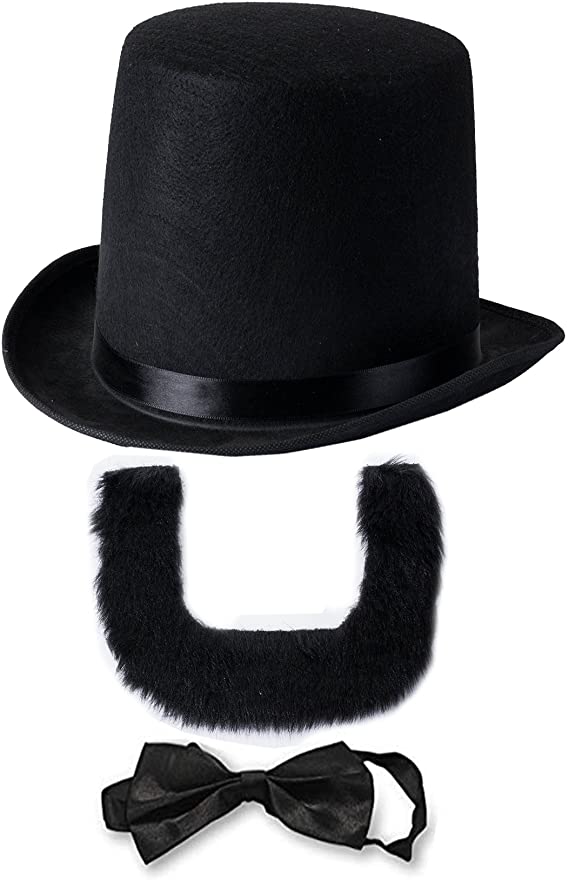10 Creative Book Report Ideas for Students

With so many children learning from home, book reports have also needed to move online. To encourage your students to get creative with their book reports, consider the ideas below.
1 Create a Video
If the child is writing a book report on a famous person from history, have them create a background for a video. For example, if they’re writing about John Muir, they can make a diorama of mountains.
2 Create a Character
It’s very hard to relax when you know you’re being filmed. If your student is struggling, use a doll and create a costume for it so the child can give their report off-screen.
3 Use a Poster
For a child studying a person from a particular period of history, incorporate imagery from that time. For example, a child doing a book report on the Civil War could find images of Grant, Lee, Lincoln, and other players in the conflict.
4 Do an Interview
If a child is doing a report on an event of living memory, consider reaching out to find a human being for the child to interview. Studying the moon landing? Find someone who remembers watching it on television and ask them about how that felt. When working up a biography sample for students, having a human perspective on a historical event can bring it to life.
5 Create a Storyboard
Set up an easel with a felt backing and have the child create a storyboard or a timeline of events. A child studying the Plymouth colonies could create a storyboard of historical religious persecution and what life on the ship was like.
6 Dress Up
Give your students the chance to create a costume. A student interested in Abraham Lincoln could create a stovepipe hat and a beard. Anyone anxious about being filmed will feel a bit safer, and thus more creative, with a costume between them and the camera.
7 Offer a New Perspective
If you have a student interested in the early days of the space program, have them study the writings and experiences of the wives of early astronauts. Early in the program, astronauts were gone for months at a time, and their missions could be dangerous. How did their families cope?
8 Play “What If?”
What if games can be extremely interesting for those who study history. What if Franklin Delano Roosevelt had never gotten polio? Would he have gone into politics at all, and with what understanding of the human condition? These studies can get long-winded, so set a time limit and be prepared to teach editing as well as presenting.
9 Create a Powerpoint
For students who just can’t do the video, have them create a PowerPoint. Strive to include software options that add some zing to the presentation. Of course, the accuracy and clarity of the writing are critical.
10 Use the Fishbone
The fishbone is simply a long arrow on which you make angled lines at various points. While the fishbone is generally used as a problem-solving technique, it could be added to a report. For example, a report on Benjamin Franklin’s contribution to the Revolutionary War could be enhanced with a fishbone timeline of his inventions, including bifocals and the odometer.
Our current conditions are asking a lot of teachers, parents, and children. With the book report ideas above, even the most bashful or uncertain child can come up with a way to present in confidence and grow their knowledge.


















